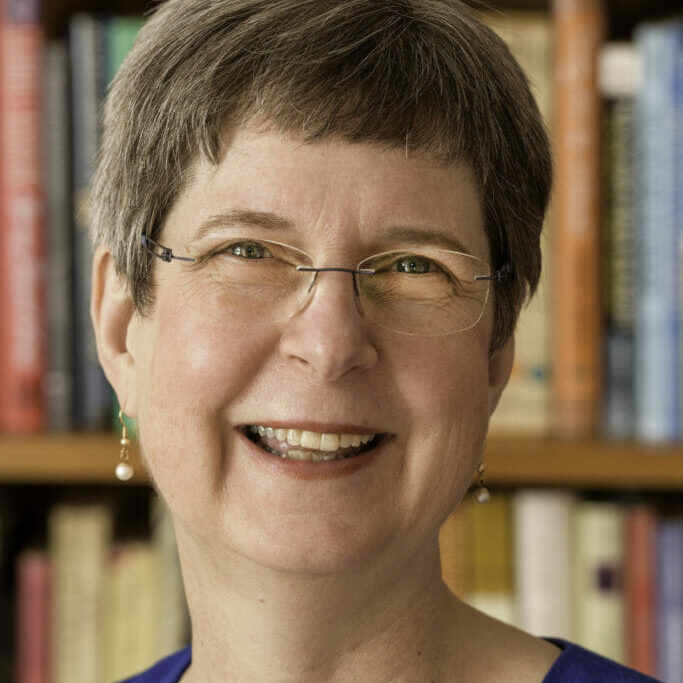
Making scientific research accessible
Dal students publishing readable scientific research online
Mary Anne White believes science belongs to everybody.
“The public has the right to know something about science. I think it’s both a right and a responsibility. [Science] enlivens our life,” said White, a chemistry professor at Dalhousie University and a recipient of the Order of Canada for her leadership in science outreach.
There are a lot of hot science topics in the media and it’s hard to know what’s true and what’s exaggerated. And academic journals charge a fortune for subscriptions, making it inaccessible to readers. In an attempt to combat misinformation and bring science to the masses, there are resources in existence that do just that: make science accessible.
“I think most scientists would prefer to talk to other scientists than to the general public,” said White. “That’s hard work and not what we’re really well trained for.”
White puts “a lot of fault on” the nature of scientific training. Part of the problem is that everybody is too busy to reach out to the community – so how can people access science in a way that’s easy to understand and doesn’t cost a fortune?
There are a lot of initiatives out there that are trying to do this, including big names like the Discovery Channel and CBC’s Quirks and Quarks. But closer to home is a blog run by Dalhousie iGEM titled “Think of the PLoSibilities.” The blog was named after the Public Library of Science (PLOS), an open access science journal that’s free to anybody with an internet connection. But even though this journal is open and accessible to all, the articles are still riddled with jargon. So, Dal iGEM created “Think of the PLoSibilities.”
Dal iGEM is Dal’s undergraduate genetic engineering research team. This year they’re involved in a project that will tackle Nova Scotia’s problems surrounding toxic aluminum in the water.
One aspect of Dal iGEM is “human practices,” which involves outreach, explained society Presidents Francis Routledge and Matthew Curry. Two years ago, members of Dal iGEM started this blog as part of that outreach. The blog has “lay summaries” of journal articles from PLOS that are submitted by students. A lay summary is created by condensing the article into a short blog post, using language without excessive jargon; this way, the information is available in a more accessible form for all to read and understand.
When Dal iGEM introduced the blog at the iGEM competition in Boston two years ago, they were met with a lot of enthusiasm from other students, said Curry and Routledge.
Now, there are summaries submitted by students from all across Canada, with some from France and China as well. The summaries are on a wide range of topics, from gene editing to how baby bats communicate. They publish one of these summaries every week and are always accepting submissions.
The blog can be found on the “Think of the PLoSibilities” Wordpress site. Here, instructions on submitting summaries can be found along with information about the blog, and the blog posts themselves.
With initiatives such as Think of the PLoSibilities, scientific journals are becoming readable for people outside the STEM field.
“It’s fun to talk about science because it’s something that’s beautiful: finding out how things work. And why not share that with other people?” said White.






